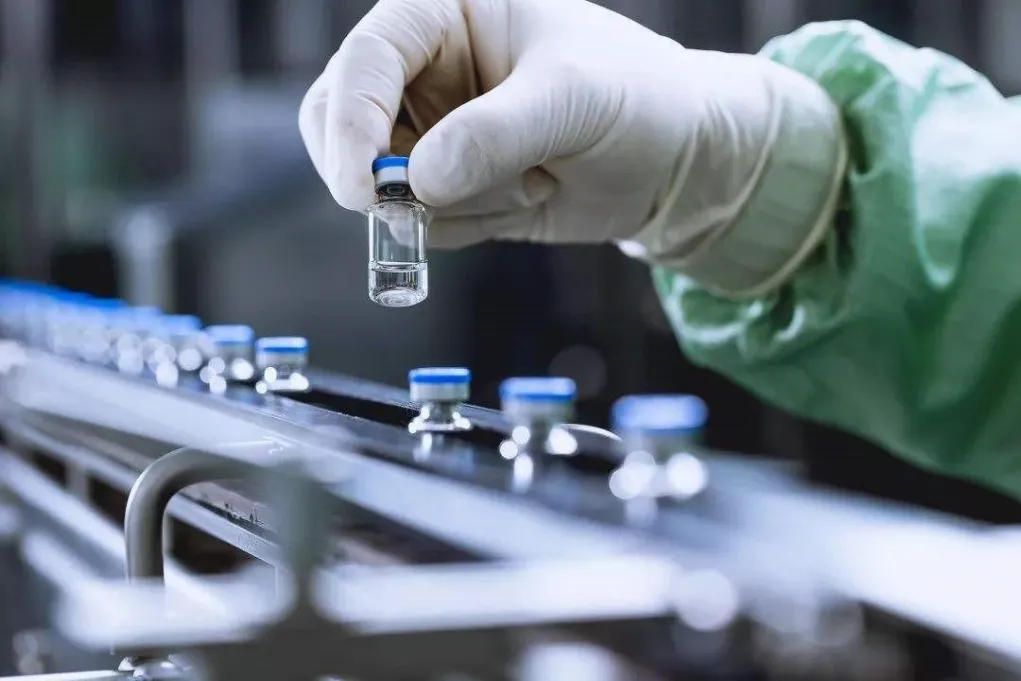Pharma’s “Seeing the Unseen”: How Near-Infrared Spectroscopy is Revolutionizing Drug Quality Control
Aug 11, 2025
Core Content Outline
1. Near-Infrared (NIR) Spectroscopy: A Primer
Principle: Analyzes chemical/physical properties by measuring absorption/reflection of NIR light (780–2500 nm).
Advantages:
▶ Non-destructive · Real-time analysis (<1 min) · Deep penetration (through packaging)
2. NIR in Critical Pharma Processes
Application Problem Solved Traditional Method
API Identification Counterfeit material risks Manual sampling + HPLC (2+ hours)
Blend Homogeneity Content variation in powders Offline lab testing (4h delay)
Coating Endpoint Over-coating affects dissolution Destructive tablet breaking
Moisture Testing Degradation from excess water Karl Fischer titration (grinding)
3. NIR vs. Competing Technologies
Parameter NIR Spectroscopy HPLC Raman Spectroscopy
Speed Seconds Hours Minutes
Sample Prep None Complex extraction Minimal
Online Feasibility ★★★★★ (In-line) ★☆☆☆☆ (Lab-only) ★★★☆☆
Modeling Cost High (library required) Low Medium
Best For Organic materials Precise quantification Inorganic/aqueous 
4. Breakthrough: PAT & QbD
FDA Initiative: 2004 PAT guidance endorses NIR for Quality by Design (QbD).
Case Studies:
▶ Pfizer COVID-19 vaccines: Real-time LNP size monitoring
▶ Chinese herbal granules: Moisture detection through blister packs
5. Challenges & Future Directions
Limitations:
▶ Model transfer complexity · Low sensitivity for trace impurities
Innovations:
▶ AI-assisted calibration · Handheld NIR for warehouse QC
Conclusion
NIR spectroscopy is evolving from a lab tool to the central nervous system of smart pharma manufacturing. With FDA’s 21 CFR Part 11 mandating electronic data integrity, its dual strengths in real-time monitoring and compliance will drive 90% of pharma firms to adopt in-line NIR within 5 years – heralding the end of post-production quality testing and the dawn of pervasive process transparency.
